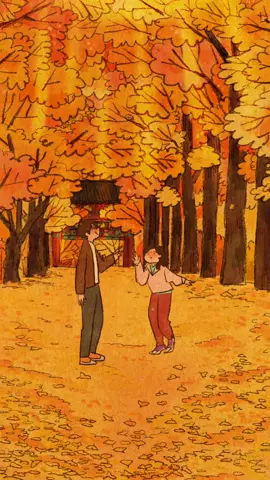ريـم | أم هـتّـان✿
Region: SA
Friday 12 May 2023 19:39:59 GMT
4888
51
5
28
Music
Download
Comments
5wiz :
عربيته من وين 🥹
2023-07-27 12:45:21
0
user3155002448372 :
متى بدات تقصي شعره عند الحلاق ولدي عمره عشر شهور وشعره مو مرتب كيف اضبطه
2023-11-14 11:42:50
0
To see more videos from user @2.lx7, please go to the Tikwm
homepage.





